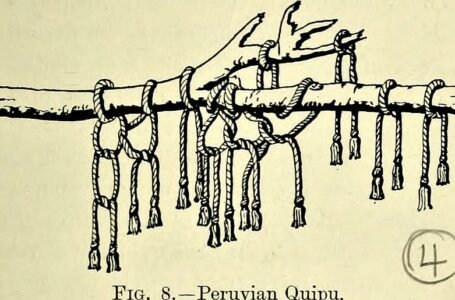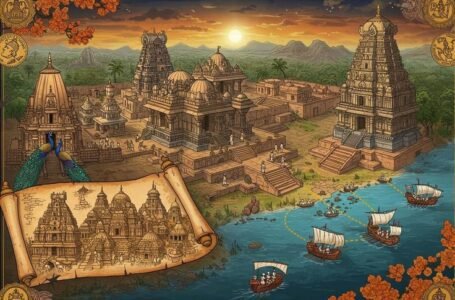KALIKA PURANA: The Union of Power and Femininity
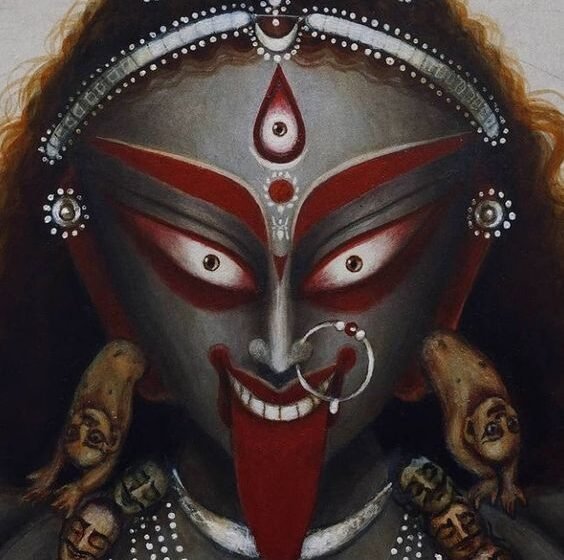
Kalika purana is considered to be one of the more significant Hindu religious texts surrounding goddess kali. The Shakta tradition of Hinduism that worships goddess kali owes to Kalika purana for a lot of its practices. The Kalika purana is also one of the upapuranas and it is said to contain about 9,000 verses that are spread across around 98 chapters. In this upapurana we find traditions, practices and stories related to the devi worship in India. Its gives insight on Shaktism and its distinct nature.
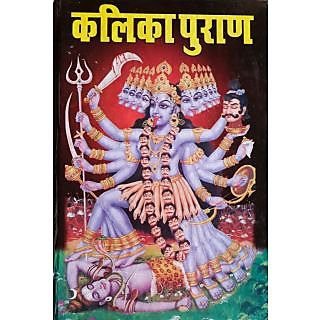
There are several opinions about the year of composition of the Kalika upapurana. While some date it to have begun in 9th century CE, others say that the composition of this text took place somewhere between 10th and 11th century CE. the place of composition is said to be the Kamarupa region (present day assam) in the northeast of India. This region had seen a growth in Shaktism and devotion of devi. Kalika purana brings to light a fiercer form of devi and the feminine shakti with mentions of ma Durga, ma kali and Kamakhya devi.

MYTHOLOGY
There are several stories found in this upapurana that have become so popular that people that do not follow this tradition have also come to become aware of it. Different from stories that focused on the male gods and their valour this purana focused of the intense and ferocious side of feminine powers or shakti. There are also stories of goddess kali and her ferocity, of origins of universe and cosmos, of the origin of devi and the feminine power.
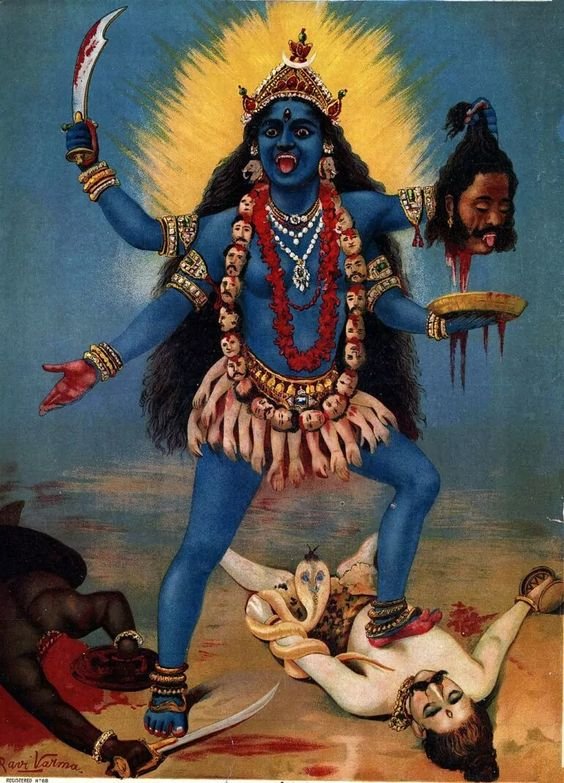
The defeat of Mahisasur
Through extreme penance the demon mahisasur won lord Brahmas favour and received a boon that made him invincible to death. No man or God could end mahisasur. Mahisasur’s power soon caused a havoc as he led the asurs against the devas, the gods then created goddess Durga who was empowered with the powers and weapons of many different gods. Mahisasur was eventually beheaded by goddess Durga when she used a trisula. This story displayed the feminine power and shakti as a force so powerful that it even defeated the invincible.
The story of sati
The daughter of king Daksha was devoted to shiva and through penance was able to marry shiva without her father’s approval. The king found shiva odd and called him names looking down on him. During an important yajna, the father did not invite shiva and sati, moreover he insulted them. This became the cause of sati’s fury, she understood that she cannot accept her husband being subjected to this amount of slander. She self-immolated and died. Seeing his wife in that state, Shiva’s wrath was unleashed onto the world. He created Kali and Virbhadra and performed tandav with Sati’s lifeless body. His anger was dangerous for the world that lord Vishnu had to step in and use his Sudarshan chakra and split Sati’s body into pieces. These pieces fell in places that we call shaktipeeths now.
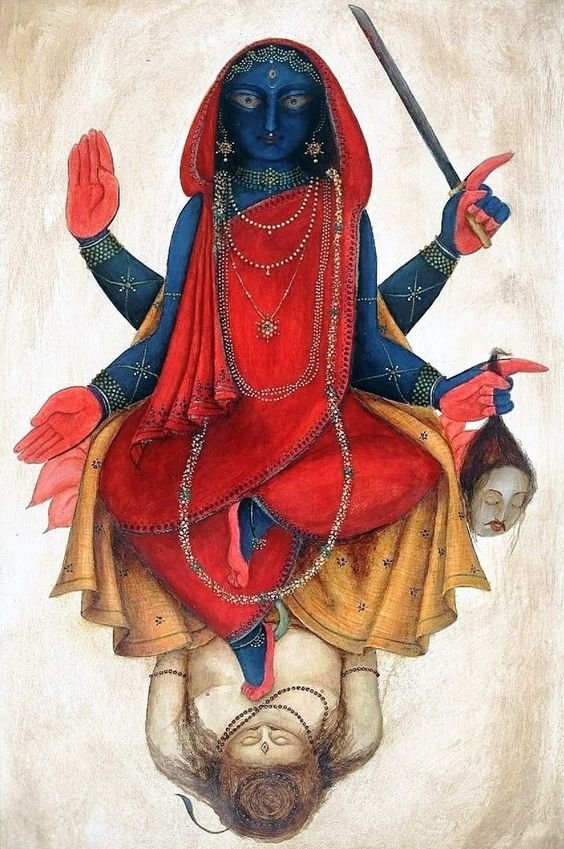
DEITIES
Goddess Kali
Goddess kali is often referred to as the goddess of destruction. While she embodies aggression and ruthlessness, she is also associated with time, death, sexuality, and a darker side of femineity. The depiction and imagery surrounding goddess kali is also very different. She is dark (the name kali is said to be either related to colour or time), she carries a severed head and wears a garland of skulls. Her tongue is red and her expressions are bloodthirsty. While goddess kali is described and portrayed with such darkness, she is also a protector. She eliminates evil, her power is intense and unmatched and she also represents creation.
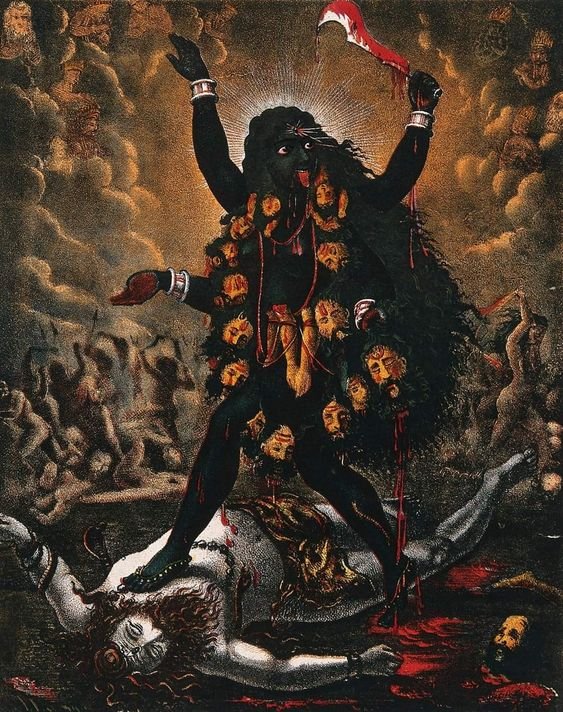
Goddess Kamakhya
Kamakhya Temple was the spot where Sati met in secret with Shiva, and it was also the place where her yoni fell after Shiva’s tandav and Vishnu’s use of Sudarshan chakra. Goddess Kamakhya therefore represents fertility and love. She is also associated with desire and her name is said to have been derived from the word Kama which means desire. The Kalika purana also talk of tantric practices that are connected to the goddess. There are mentions of sacrifices and offerings of wine and meat along with usage of yantras and mantras. The Kamakhya devi temple in assam is said to be a prominent centre for tantric worship in the country and the energy of the space is transcending and unlike anything else.
WORSHIP
While the text simply provides detailed instructions for the daily worship of Kali and other forms of Devi, including yantra, mantras, and various offerings such as flowers and food, along with mentions of festivals like Navratri and Durga pooja there are certain aspects of it that are a little more intense.

Rudhiradyaya
“Bali” or animal sacrifice is one of the more controversial and debated parts of the Kalika purana. Chapters 67 through 78 of the text constitute the Rudhiradhyaya. The word rudhiradhyaya connects to blood related themes and the use of blood in rituals pertains to the idea of sacrifice of the ego and acceptance of ironic nature of the life cycle. This type of tantra involves practices that are not considered conventional and simple. Along with this this use of blood is also associated with being a higher form of sacrifice and complete surrender to divinity as blood is part of the life force and is an essential part of one’s existence.
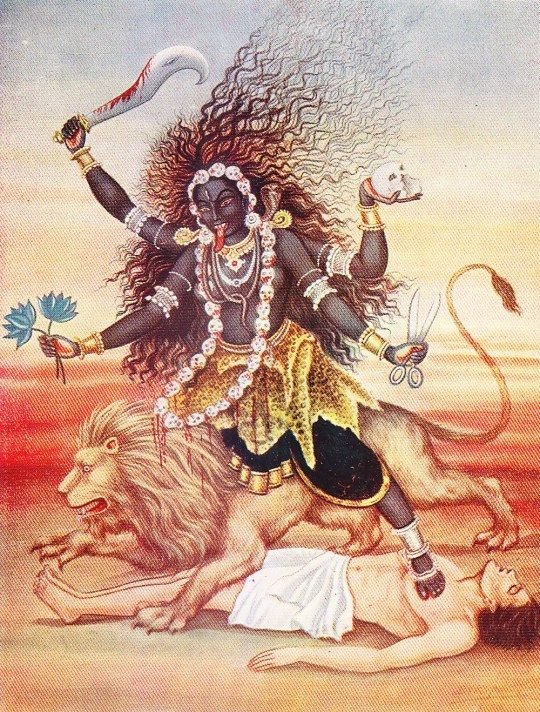
AMBUBACHI MELA
A festival celebrating the menstrual cycle of goddess Kamakhya has found its roots deep in the culture and traditions of assam. The devotees do not treat it as something that needs to be hidden but they rejoice and worship the goddess as the embodiment of fertility during this period. The temple finds itself filled with tantrics and devotees who are there to receive the goddesses’ blessings or to perform rituals during this auspicious time. Kalika purana talks of Shaktism and goddess Kamakhya along with mentions of tantric aspect of her worship and one can witness the culture of these practices during this period. The temple remains close for three days and reopens on the fourth day with an even greater enthusiasm.

CONCLUSION
The Kalika purana provides an access into getting to know a different side of Hinduism. With the focus on feminine divinity, it introduces us to stories of power, devotion, sacrifice, fury, destruction, and a culmination of other different beliefs. It teaches the significance of worshiping devi and establishes in our mind sides of ritualistic practices that are not conventionally known to a major portion. Not only does one see the grandeur of devi shakti throughout the text but also learns several moral values in the process.
